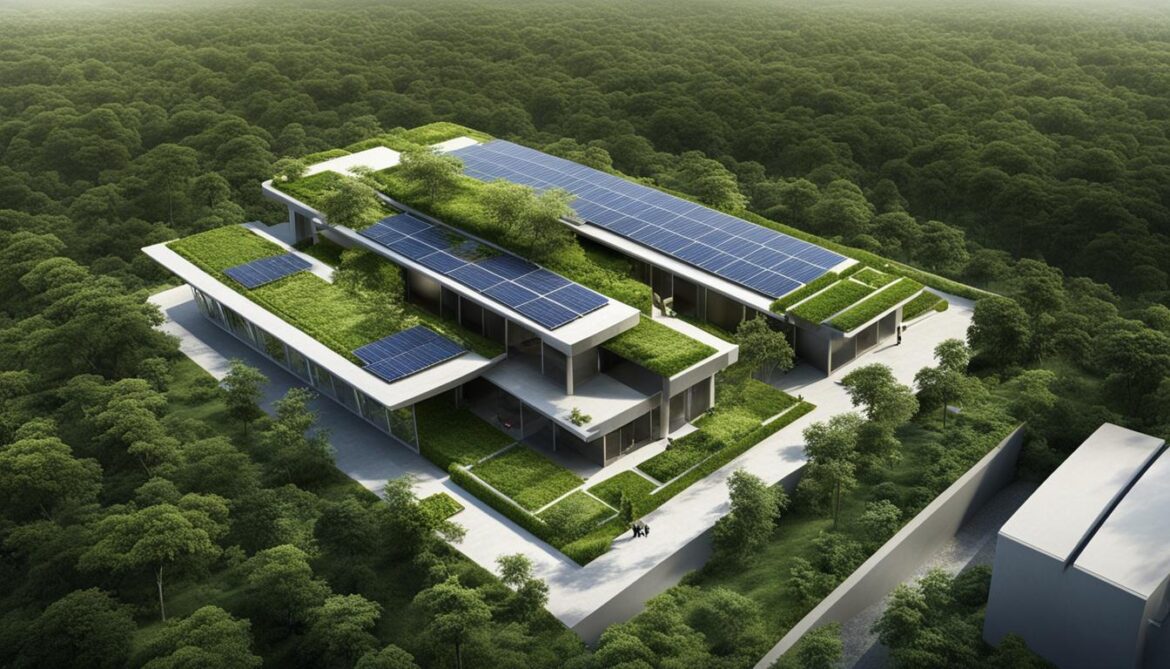Energy-Efficient Apartment Design: Building a Greener Future in Pakistan

Introduction
With Pakistan facing a growing energy crisis and rising utility costs, the need for energy-efficient housing has never been more urgent. Urban real estate developers are increasingly adopting energy-conscious architectural practices to meet the demands of eco-aware buyers. Projects like Falaknaz Greens, One Beverly, and The Mega Mall are leading the way, proving that luxury and sustainability can go hand in hand.
Energy-efficient apartment design goes beyond just using LED lights or installing solar panels—it’s about integrating systems and structures that reduce energy consumption, lower emissions, and promote sustainable lifestyles.
Why Energy Efficiency Matters in Pakistan
Pakistan’s energy sector struggles with:
Frequent power shortages and load-shedding
Dependence on fossil fuels
Inefficient electrical infrastructure
Rising utility bills for residents
Energy-efficient apartment design can alleviate these issues by reducing overall demand and improving usage efficiency—leading to long-term savings and environmental benefits.
Core Elements of Energy-Efficient Apartment Design
1. Smart Architecture & Passive Design
At One Beverly, passive design is central to construction. This includes:
Strategic window placements for cross-ventilation
Use of sunshades and overhangs to block excess heat
Optimal building orientation to maximize natural light
These simple yet smart architectural decisions help reduce the need for air conditioning and artificial lighting.
2. Insulation and Building Materials
High-quality materials play a huge role in energy conservation. Developers at Falaknaz Greens use:
Insulated wall panels and double-glazed windows
Cool roofing materials that reflect heat
Energy-efficient concrete and non-toxic paints
These materials maintain interior temperatures and reduce reliance on HVAC systems.
3. Energy-Efficient Appliances and Fixtures
Every apartment in The Mega Mall development is equipped with:
LED lighting and energy-saving fans
Low-power air conditioners and smart thermostats
Energy Star-rated kitchen appliances
Sensor-based lighting in common areas
Collectively, these systems significantly reduce electricity usage throughout the community.
4. Renewable Energy Integration
Solar energy is an increasingly popular choice. For instance:
Falaknaz Greens has solar-powered street lights and rooftop panels
Shared solar systems supply energy to common areas
Residents can opt into private rooftop installations for additional savings
Over time, these installations pay for themselves while lowering carbon emissions.
5. Smart Home Systems
Home automation is transforming how energy is used. One Beverly offers:
App-based control over lighting, heating, and appliances
Real-time energy usage tracking
Smart plugs and motion detectors to eliminate standby energy waste
This empowers residents to actively manage and reduce their power consumption.
6. Water Heating Efficiency
In Pakistan, water heating accounts for a substantial portion of residential energy use. Energy-efficient apartments are integrating:
Solar water heaters
Tankless water heaters that heat only as needed
Insulated storage tanks to minimize heat loss
These features are now becoming a standard in high-end apartments such as those in The Mega Mall.
Economic and Environmental Benefits
For Residents:
Reduced utility bills
Greater indoor comfort
Increased property resale value
Eligibility for green housing loans and incentives
For Developers:
Compliance with green building codes
Attraction of eco-conscious buyers and investors
Stronger brand reputation
Long-term operational cost savings
By adopting energy-efficient designs, developers can also meet international Environmental, Social, and Governance (ESG) criteria—making projects more viable in global markets.
Challenges and Solutions
Challenges:
High upfront investment for insulation and smart systems
Limited availability of certified green materials
Lack of awareness among homebuyers
Solutions:
Government subsidies and incentives for green buildings
Partnering with local manufacturers of sustainable materials
Educating buyers about lifetime cost savings
As awareness increases, more people will demand energy-efficient homes—creating a virtuous cycle of sustainable development.
Government and Regulatory Support
Pakistan’s government can support the energy transition through:
Green building codes and enforcement policies
Financial incentives for energy-efficient developments
Public-private partnerships for solar installations
Educational programs for developers and architects
By aligning urban development with sustainable energy practices, Pakistan can reduce its energy gap and move toward a greener future.
Final Thoughts
Energy-efficient apartment design isn’t just a luxury feature—it’s a strategic necessity for Pakistan’s future. It addresses key issues such as climate change, resource scarcity, and affordability, while enhancing comfort and livability.
Projects like Falaknaz Greens, One Beverly, and The Mega Mall are already showing how sustainability can be built into the very foundation of modern living. Through smart planning, innovative technology, and eco-conscious design, these developments are not only reducing their environmental impact but also inspiring a new standard for real estate in Pakistan.


